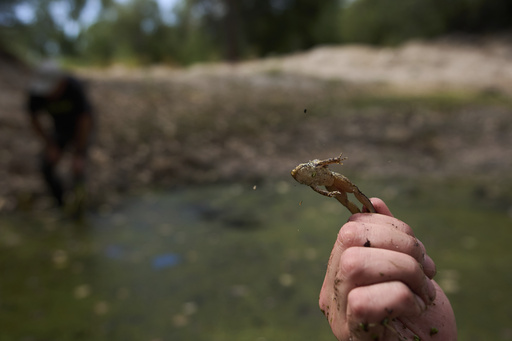
Herpetologist Bennet Hardy holds a leaping red-legged froglet in a restoration pond that is part of a cross-border effort to bring back the native species in both Baja California, Mexico, and Southern California, Monday, Aug. 11, 2025, on a ranch outside of El Coyote, Mexico. (AP Photo/Gregory Bull)
THE SANTA ROSA PLATEAU ECOLOGICAL RESERVE, Calif. (AP) — Conservationists along the U.S.-Mexico border are working to restore the nearly vanished red-legged frog in its historical Southern California habitat. Despite COVID-19 restrictions, scientists took frog eggs from a small population in Mexico and introduced them into American ponds, where biologists used artificial intelligence to confirm that the eggs had hatched and that the frogs went on to breed, marking a significant milestone in ecosystem restoration.
This is a photo gallery curated by AP photo editors.
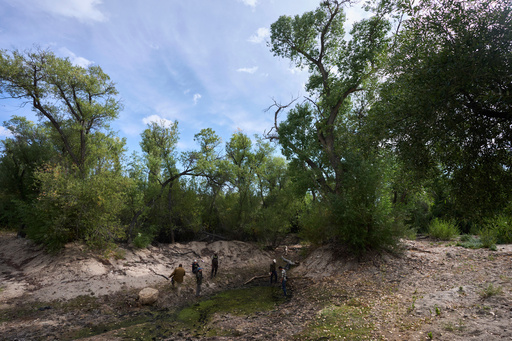
Scientists from Mexico and the United States search for red-legged froglets at a restoration pond that is part of a cross-border effort to bring back the native species in both Baja California, Mexico, and Southern California, Monday, Aug. 11, 2025, on a ranch outside of El Coyote, Mexico. (AP Photo/Gregory Bull)
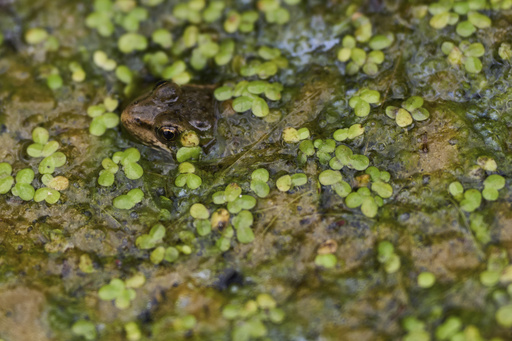
A red-legged froglet peeks out from a restoration pond that is part of a cross-border effort to bring back the native species in both Baja California, Mexico, and Southern California, Monday, Aug. 11, 2025, on a ranch outside of El Coyote, Mexico. (AP Photo/Gregory Bull)
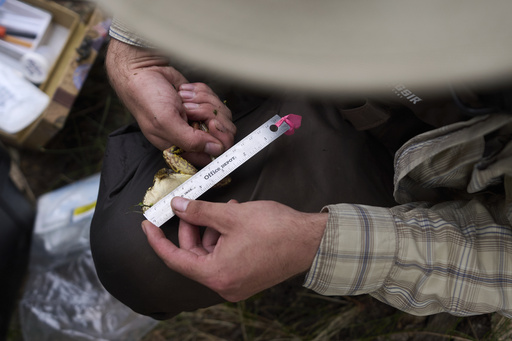
Herpetologist Bennet Hardy measures a red-legged froglet as part of a cross-border effort to bring back the native species in both Baja California, Mexico, and Southern California, Monday, Aug. 11, 2025, at a restoration pond on a ranch outside of El Coyote, Mexico. (AP Photo/Gregory Bull)
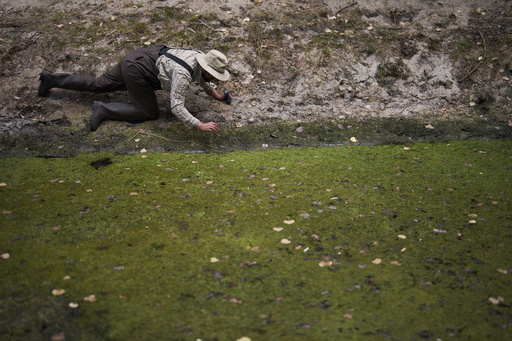
Herpetologist Bennet Hardy reaches for a red-legged froglet in a restoration pond that is part of a cross-border effort to bring back the native species in both Baja California, Mexico, and Southern California, Monday, Aug. 11, 2025, on a ranch outside of El Coyote, Mexico. (AP Photo/Gregory Bull)
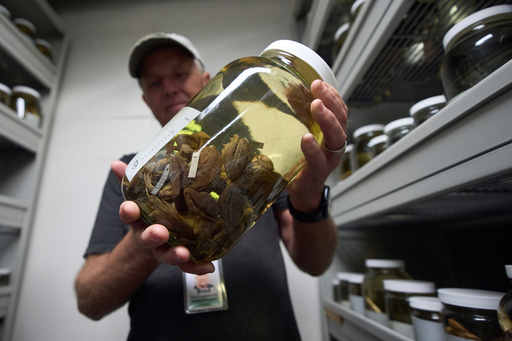
Herpetologist Brad Hollingsworth holds a container of red-legged frogs, part of the collection at the San Diego Museum of Natural History, Wednesday, Aug. 13, 2025, in San Diego. Hollingsworth uses data from the collection in a cross-border effort to bring back the species to Southern California by transplanting eggs from Baja California, Mexico. (AP Photo/Gregory Bull)

Herpetologist Bennet Hardy, left, holds a red-legged froglet as biologist Jorge Valdez holds a device to read a microchip in the froglet as part of a cross-border effort to bring back the native species in both Baja California, Mexico, and Southern California, Monday, Aug. 11, 2025, on a ranch outside of El Coyote, Mexico. (AP Photo/Gregory Bull)
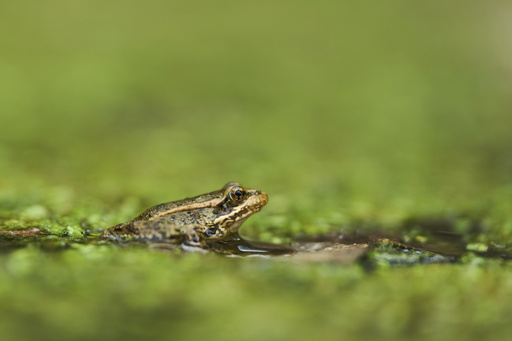
A red-legged froglet peeks out in a restoration pond that is part of a cross-border effort to bring back the native species in both Baja California, Mexico, and Southern California, Monday, Aug. 11, 2025, on a ranch outside of El Coyote, Mexico. (AP Photo/Gregory Bull)
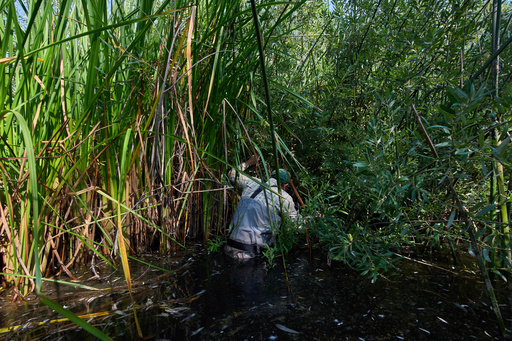
Biologist Adam Backlin looks for red-legged frogs and eggs along the edge of a restoration pond as part of cross-border efforts to bring back the species to Southern California by transplanting eggs from ponds in Baja California, Mexico, Wednesday, Aug. 13, 2025, outside of Murrieta, Calif. (AP Photo/Gregory Bull)

 Associated Press US News
Associated Press US News
 America News
America News Associated Press US and World News Video
Associated Press US and World News Video Battle Creek Enquirer
Battle Creek Enquirer The Travel
The Travel Denver7 News
Denver7 News What's on Netflix
What's on Netflix Bloomberg Law
Bloomberg Law Washingtonian
Washingtonian Wrestling News
Wrestling News